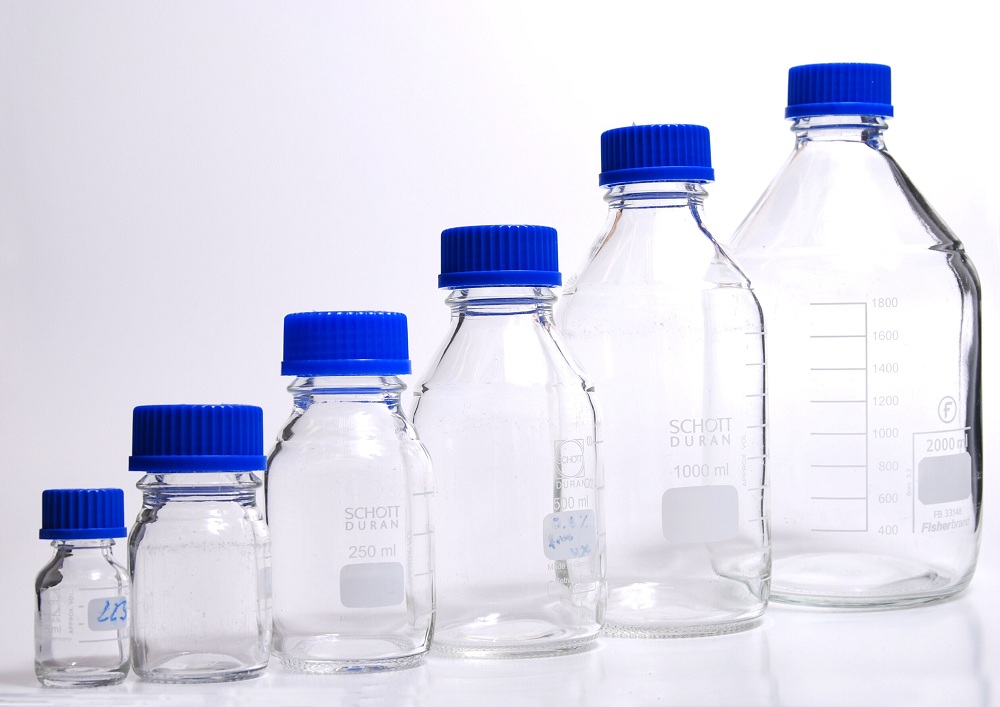Due to the long-term overpressure operation, the secondary cylinder was severely worn after 21 months of use. After 10 months of use, the new cylinder was used to measure the cylinder bore, which was close to the scrap value, and the secondary cylinder (inlaid cylinder liner) had to be replaced. During this period, the secondary piston is replaced once, the secondary piston ring is replaced multiple times, and the secondary piston lock nut is often loose. To this end, the secondary cylinder must be redesigned to meet the process requirements. At the time of the original installation of the 4M20 machine, other factories were commissioned to design, manufacture and replace the auxiliary equipment (such as oil, buffer, etc.) of the machine according to the actual operating pressure to ensure safe production. When the crankshaft rotates, the connecting rod and the crosshead are driven to reciprocate, and the crosshead pin applies a reciprocating force to the crosshead body. Long-term operation causes the crosshead pin holes to wear. The circulating oil is lost here, causing insufficient oil supply to the connecting rods and causing burning accidents in severe cases.
The suction valve limiter breaks into the cylinder and causes accidents. The gas valve limiter of the machine is mostly cast iron. The valve is repaired and disassembled after repeated repairs, and small cracks appear on the minority valve limiter. Since the suction valve is subjected to frequent pulse impact of the air flow, the crack of the limiter gradually expands, and finally the limiter and the center screw slip off and enter the cylinder, causing a collision accident. In our factory, the first-stage cylinder suction valve limiter was broken, and the debris entered the cylinder caused a piston damage; the four-stage cylinder suction valve limiter was damaged, and the debris entered the cylinder caused the crosshead hydraulic connection to be damaged and the piston rod to break. The accident. In order to prevent the valve restrictor from breaking the cylinder, the following measures can be taken: (1) the gas valve limiter is changed to the steel casting and welded to the center screw; (2) the cylinder suction and exhaust port is changed to grow the waist hole or flower Hole (original design is a large round hole). Only in this way can the accident of entering the cylinder after the valve limiter is broken can be effectively prevented, and the safe operation of the compressor can be ensured.
Reagent Bottle sizes include 100 ml, 250 ml, 500 ml, 1000 ml (1 liter) and 2000 ml (2 liter). Older bottles, especially for medical use and for expensive chemicals, can be found of capacities well under 100 ml. The selection of caps and stoppers that Reagent Bottles are closed with are as important as the material the bottles are made of, and the decision as to which cap to use is dependent on the material stored in the container, and the amount of heat which the cap can be subject to.

Reagent Bottle
Reagent Bottle,Screw Cap Reagent Bottle,Glass Reagent Bottle,Reagent Bottle With Blue Cap
Quzhou Lab Technology Co., Ltd. , http://www.vialvendor.com